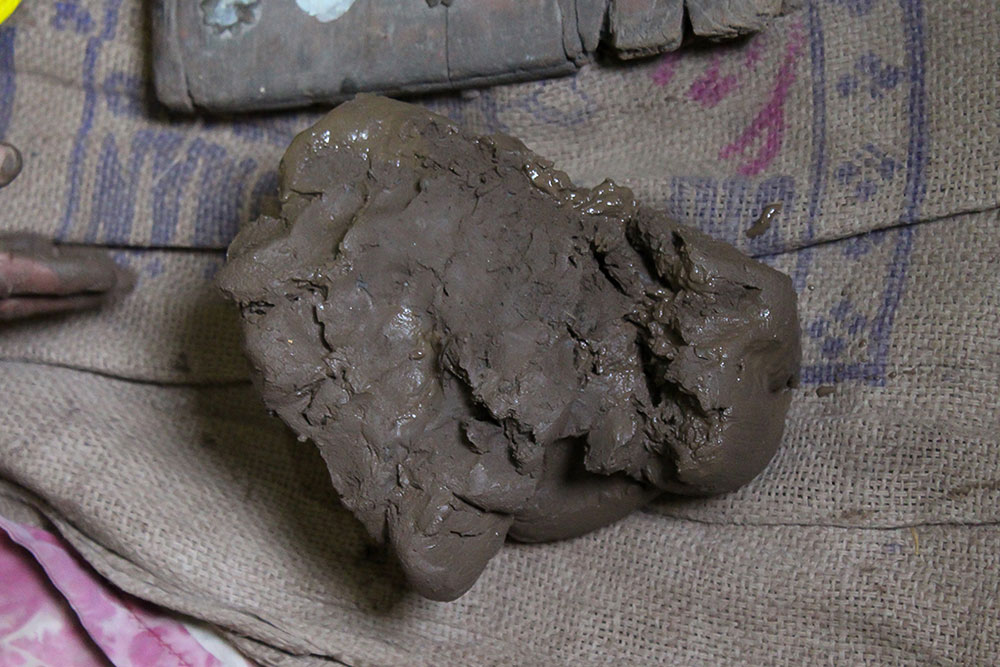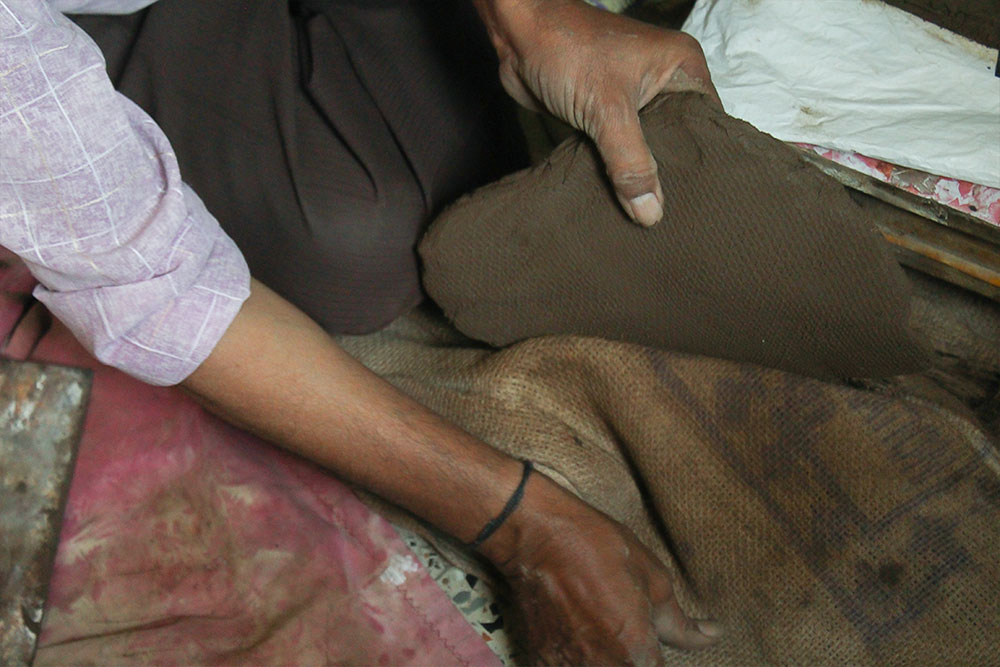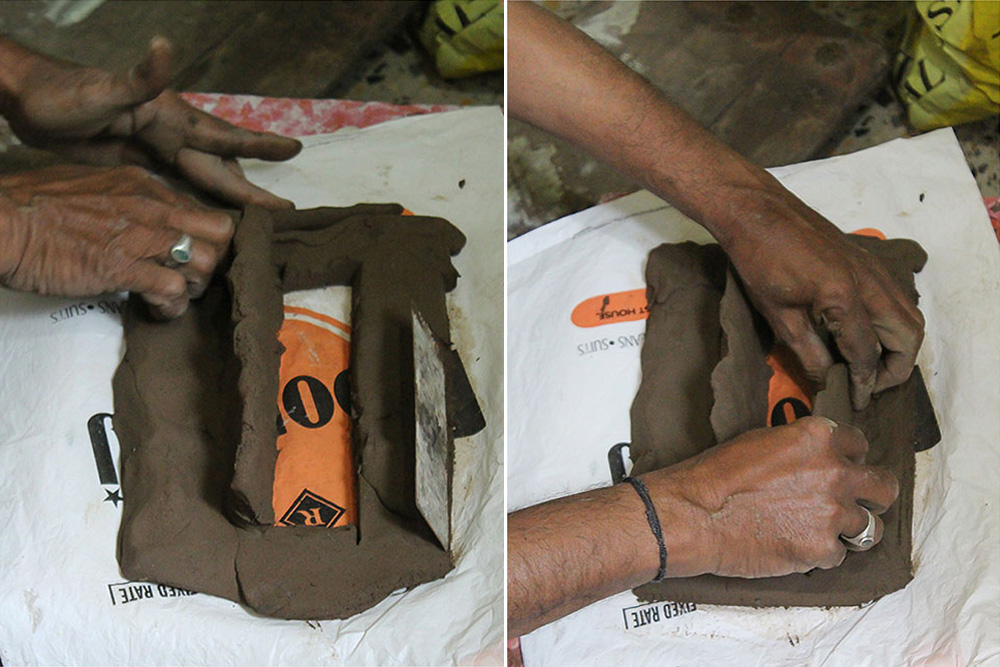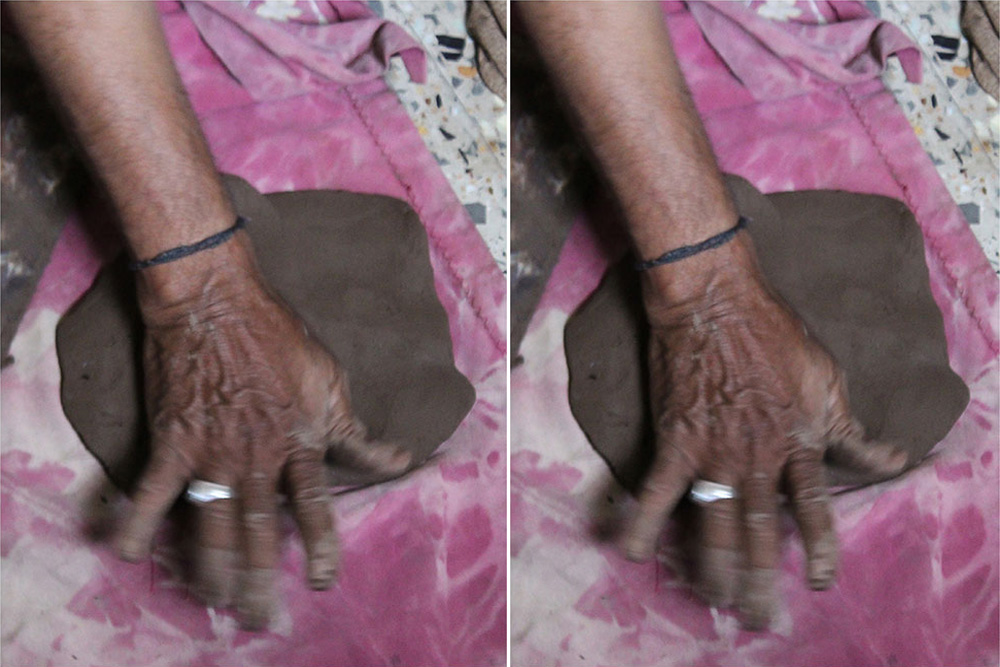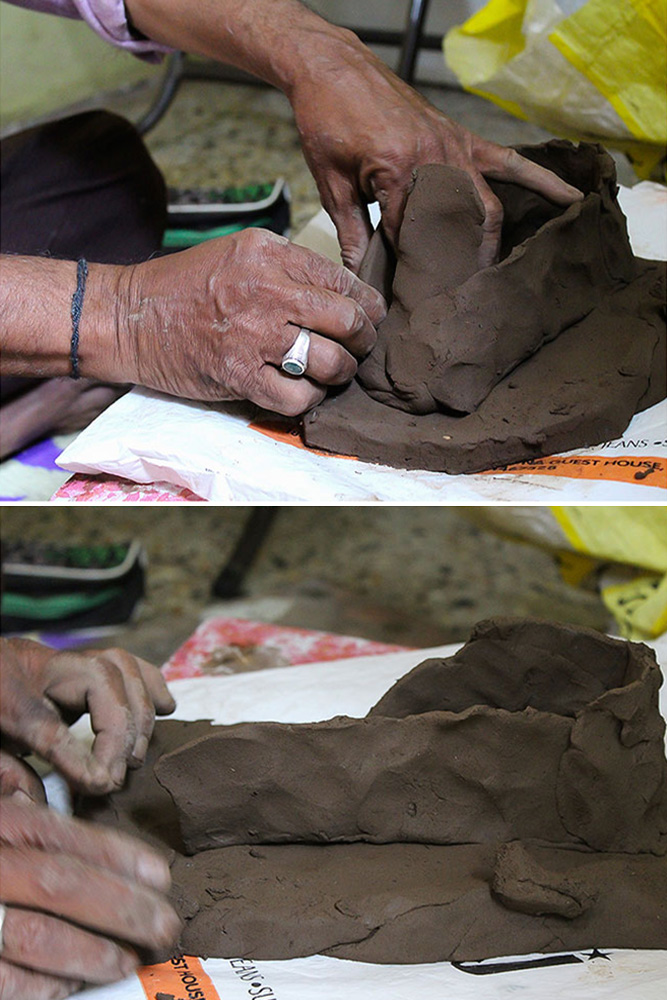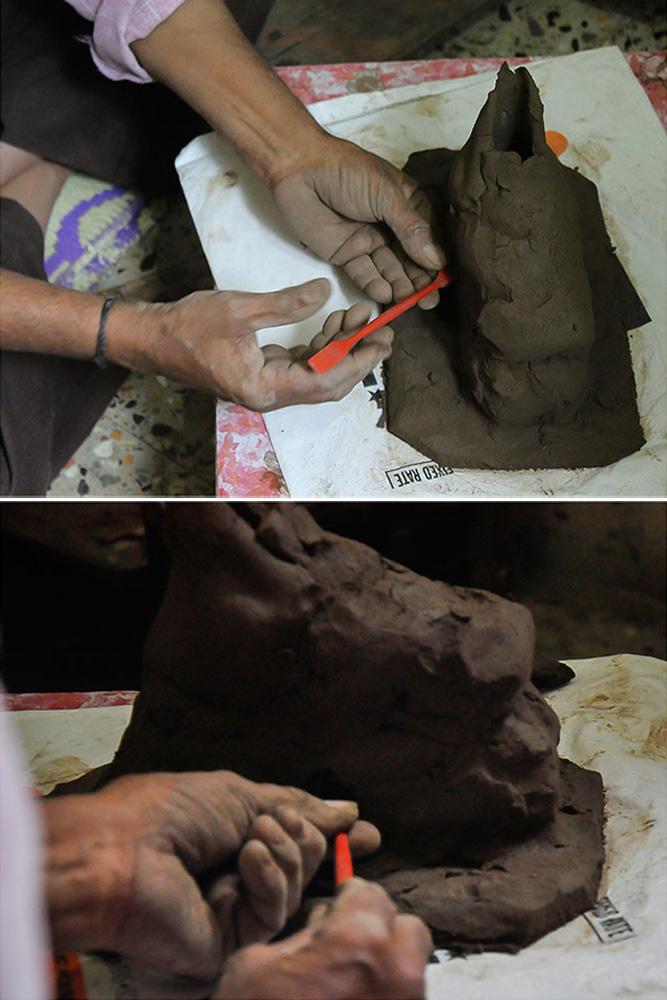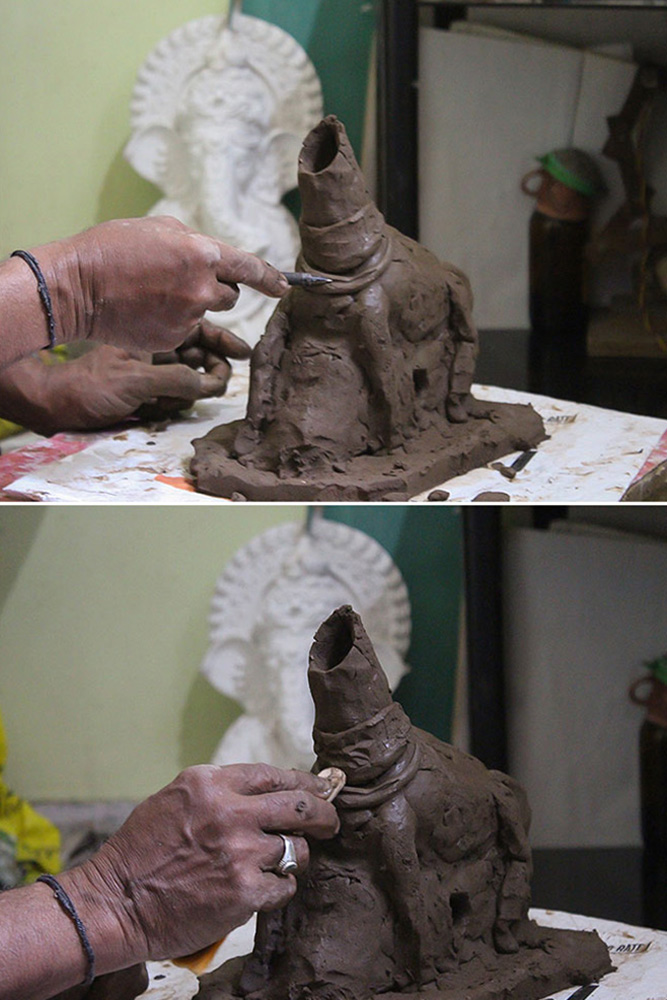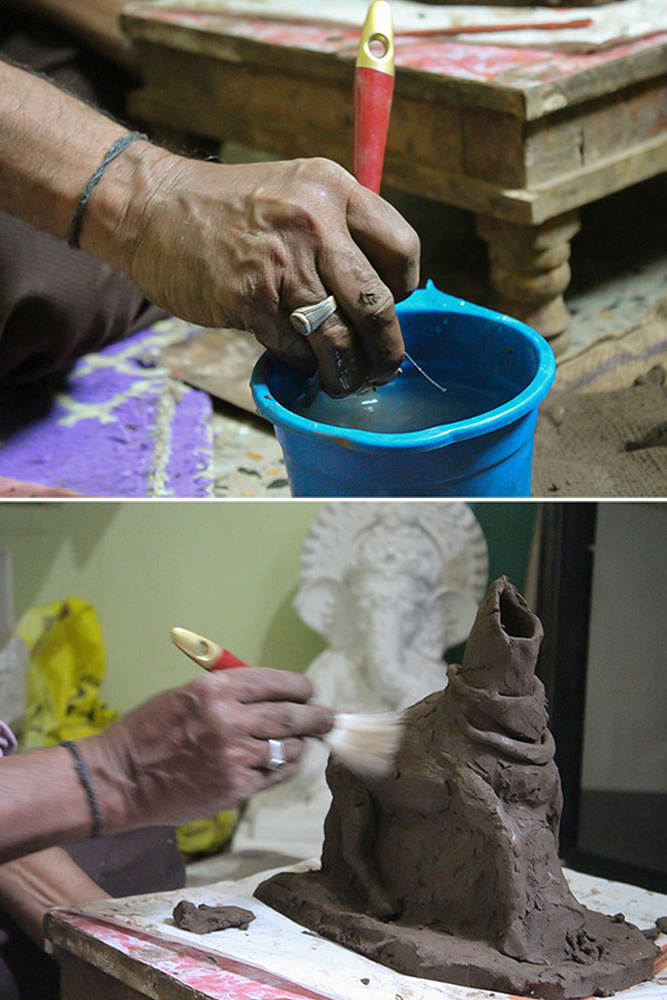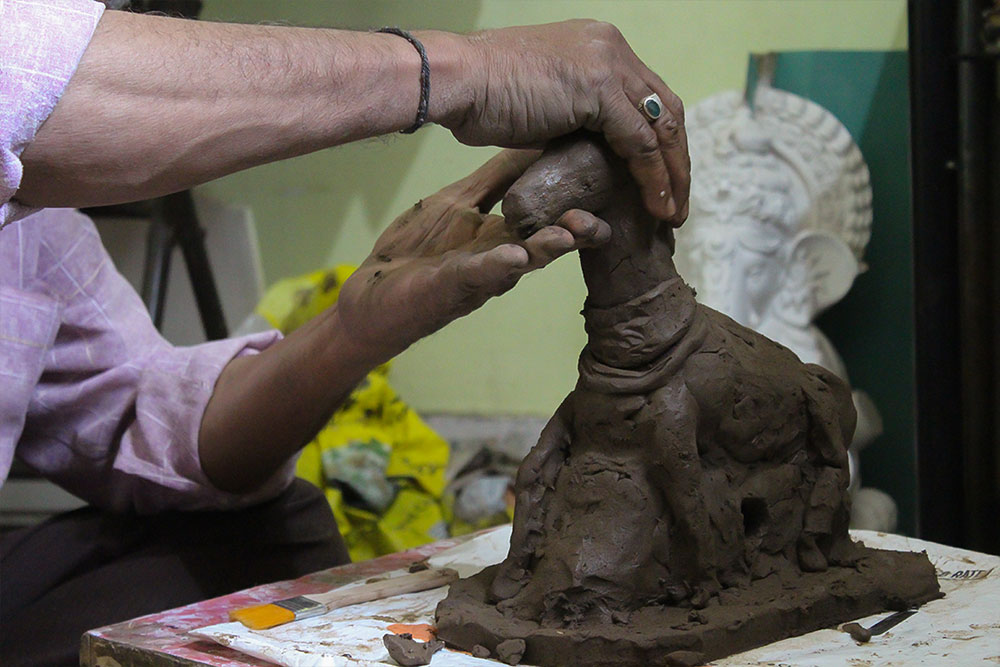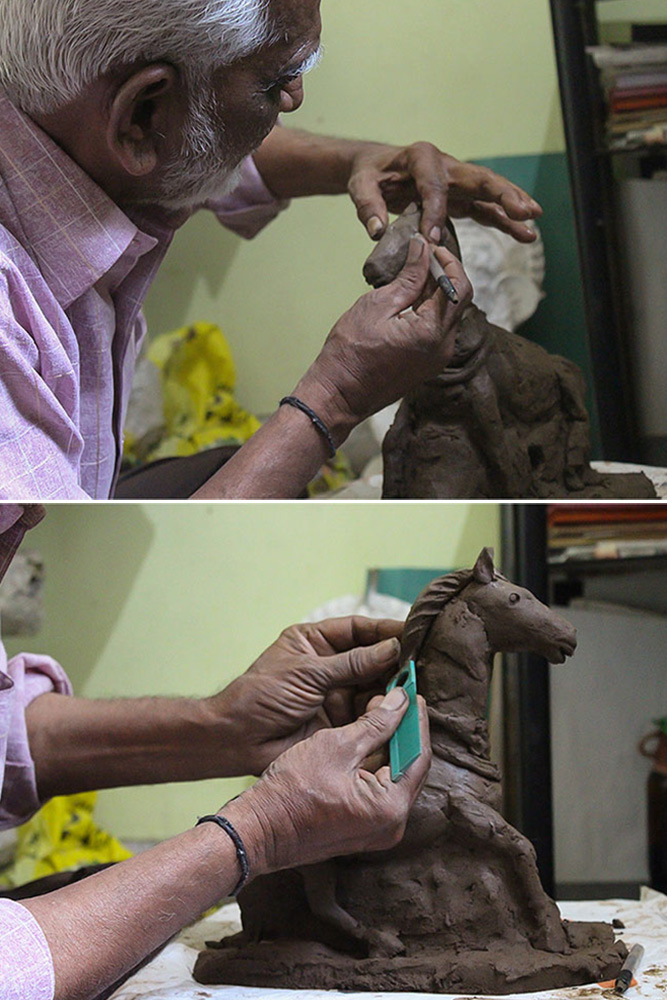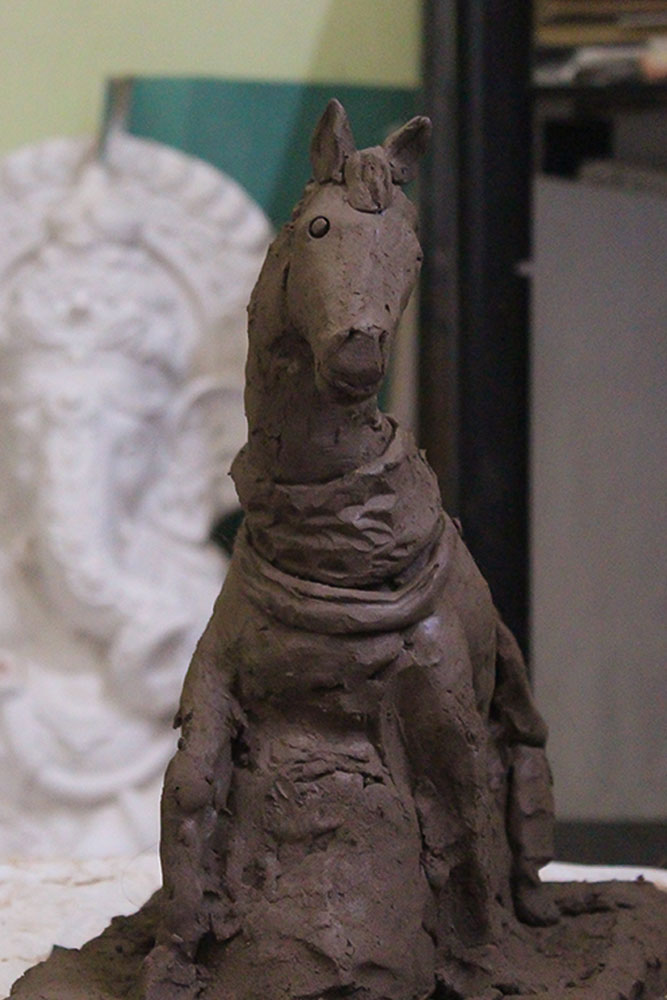Making of Terracotta Modeling - Maharashtra
The name Terracotta is derived from the Latin words ‘terra’ meaning ‘bake’ and ‘cotta’ stands for ‘earth’, which together translates to baked earth. These earthenware are either glazed or unglazed versions made from clay that is dried and fired at 1000°C, giving a distinctly orange, red, brown, yellow, or grey color. Terracotta art has also grown as a favourite hobby among people apart from its popular commercial value and stance. Hence the natives could still practice and maintain the art in its most authentic tradition. Here the glazed pottery has been in existence for thousands of years in India, while the unglazed pottery items are the ones that the country is renowned for internationally.
On the trading front, today, India exports incredible terracotta items like statues, vases, decorative hangings, murals, Diwali lamps, lanterns, etc., on a large scale making the art form a rewarding one for the artisans. Mr. Anil Denghe, a senior artisan from Ahmednagar, is regarded for his range of mythical terracotta products. He trained by the famous clay artisan Mr. Arjun Shekatkar is felicitated with several reputable awards by the Government of Maharashtra for his contribution to the area.
For more details:
https://www.dsource.in/resource/terracotta-modeling-ahmednagar-maharashtra












